
Many challenges in quality control
Deputy Minister of Education and Training Nguyen Van Phuc shared: 10 years ago, the number of higher education institutions and training programs that were externally assessed and quality-accredited was still small. However, in the past 10 years, especially the last 5 years, the number of institutions that were quality-accredited has reached more than 90%. This is a huge change. At the same time, the number of training programs that were externally assessed and quality-accredited has also increased sharply, currently reaching more than 40% in the university sector - an important step forward.
Self-assessment work at educational institutions has been carried out systematically, seriously and in full compliance with the regulations of the Ministry of Education and Training. Up to now, 89.7% of institutions have completed the first cycle of accreditation and 53.71% of the second cycle, reflecting the system's readiness for re-accreditation and continuous improvement.
This activity has increasingly affirmed its role as a core tool to measure the level of meeting quality standards. Self-assessment has become a regular and systematic activity. The quality of evidence and reports has also improved significantly. Many schools have proactively invited experts to train report writing skills and organized professional self-assessment councils, contributing to improving the output quality of the self-assessment process.
After completing self-assessment and external assessment, many schools have shown initiative, seriousness and professionalism in coordinating and implementing improvements. Up to 71.19% of schools rated their organizational structure and quality assurance activities at high and very high levels, showing that the quality management system has been strengthened. Improvement activities after external assessment were also implemented systematically. In particular, solutions focused on perfecting documents, updating output standards, innovating programs and teaching methods, improving staff capacity, as well as improving learning conditions for learners. In particular, adjusting training programs based on feedback from students, employers and recommendations from external assessment teams shows that the cycle of "Self-assessment - External assessment - Quality improvement" has gradually become the foundation for comprehensive quality assurance, creating a driving force for substantial and sustainable improvement.
However, in recognition of some challenges to the system of quality assurance and accreditation of higher education in Vietnam, the Ministry of Education and Training assessed that although the domestic accreditors have been trained, they are still lacking in quantity and uneven in capacity, especially in the ability to advise on improvement, analyze data and evaluate output capacity. This leads to limitations in supporting higher education institutions to implement continuous improvement after accreditation - which is the core nature of an effective quality accreditation system.
Another problem pointed out is that Vietnam still lacks a mechanism for mutual recognition of accreditation results with countries and international organizations. Domestic accreditation results are not widely recognized in training cooperation activities, study transfer or international rankings.
In addition, the participation of domestic inspection organizations in regional and international quality assurance networks is still limited, mostly at the level of participation and observation, with few opportunities to participate in international standard planning or participate in training and expert exchange, due to the lack of long-term support policies and systematic investment.
Director of the Department of Quality Management (Ministry of Education and Training) Huynh Van Chuong said: The orientation for developing higher education in the coming period is established in the spirit of Resolutions No. 71-NQ/TW and Resolution No. 57-NQ/TW. The guiding thinking throughout is expressed through key phrases: breakthrough, modernization, international standards, scholarship fund, at the same time, focusing on perfecting the university autonomy mechanism regardless of the level of financial autonomy. In addition, continuing the process of rearranging the system of higher education institutions at both central and local levels in a streamlined, effective direction, ensuring clear stratification and orientation.
Quality - the core factor for university rankings
According to Resolution No. 71-NQ/TW on breakthroughs in education and training development, Vietnam has set specific and ambitious goals for higher education development.
The goal by 2030 is to have 8 universities in the top 200 of Asia, 1 university in the top 100 of the world in a number of fields; 100% of higher education institutions meeting national standards, 20% of modern institutions equivalent to Asia; the rate of STEM learners reaching at least 35%; increasing 12%/year in international scientific publications... The goal by 2035 is to strive for at least 2 higher education institutions to be in the top 100 of the world in a number of fields. Vision by 2045 is to strive for at least 5 institutions to be in the top 100 of the world in a number of fields, the national education system to be in the top 20 of the world in terms of quality, fairness, and modernity.
Associate Professor, Dr. Nghiem Xuan Huy (Institute of Digital Training and Testing, Hanoi National University) said: Ranking is an objective tool to help schools compare, identify strengths, weaknesses and improve quality. Vietnam aims to have 8 schools in the top 200 in Asia by 2030, but there is still a large gap. Factors that determine the ranking include academic reputation, recruitment reputation, teaching staff, internationalization and research quality.
Analyzing the causes of current weaknesses in the Vietnamese higher education system, according to Mr. Nghiem Xuan Huy, higher education institutions have not effectively used feedback from stakeholders in improving the quality of education, directly affecting academic reputation and recruitment reputation; have not developed harmoniously and closely linked training activities - scientific research, affecting research performance as well as research revenue. In addition, investment and strategies for developing the teaching staff have not brought about the expected results, affecting the rate and quality of the staff. Current policies have not created strong motivation for lecturers to participate in international research and publication; international cooperation in scientific research is still formal, has not created an effective network and the rate of international scholars is low.
To achieve the goals set out in Resolution No. 71-NQ/TW, Mr. Nghiem Xuan Huy emphasized the solution of building a strong quality assurance system, transparent data and engaging feedback from stakeholders. At the national level, it is necessary to perfect institutions, flexible policies, integrate ranking indexes into accreditation standards and promote university autonomy. Ranking is not the ultimate goal but the inevitable result of an effective quality assurance system.
Professor - Doctor of Science Bành Tiến Long, former Deputy Minister of Education and Training, said that there needs to be a shift from a static model to a dynamic model in quality assurance; from a model based on intermittent cycles and rigid rules to a dynamic, continuous monitoring and principle-based model. It can be tentatively called a constructive model - leading quality development. The change in the draft Law on Higher Education (amended) with the emphasis on the role of internal quality assurance; Resolution No. 57-NQ/TW and Resolution No. 71-NQ/TW are clear evidence of this trend. The accreditation system needs to aim for transparency, cooperation, efficiency and continuous quality improvement, thereby building a "smart and humane" education.
In the coming period, the Ministry of Education and Training will continue to innovate the way of evaluating training programs and higher education institutions. The Director of the Department of Quality Management said that instead of applying up to 7 levels as before, the new system has only two main levels: "Pass" and "Fail", helping to standardize and make results transparent, while also being consistent with international practices of the United States and Europe. In addition, the new regulation will clearly define "conditional criteria", focusing on core factors such as output standards, teaching staff and internal quality assurance systems. If these conditional criteria are not met, the institution will not be recognized as meeting the standards.
In particular, the Ministry also regulates the responsibilities of higher education institutions in the quality improvement cycle, requiring schools to have periodic improvement plans, instead of only implementing them every 5 years as before.
Mr. Huynh Van Chuong emphasized: The new regulations aim at substantive accreditation and international integration, eliminating cumbersome requirements. The Ministry also encourages enhancing the autonomy of higher education institutions in quality assurance and accreditation, directly linked to rankings, diploma recognition, credit transfer and international cooperation.
The general orientation of quality assurance and accreditation activities of Vietnamese higher education is to develop according to the strategy of "practice - practice - experiment - industry", thereby enhancing the position and competitiveness of Vietnamese higher education.
Source: https://baotintuc.vn/giao-duc/tu-bao-dam-chat-luong-den-xep-hang-dai-hoc-20251017105011625.htm





![[Photo] Closing ceremony of the 18th Congress of Hanoi Party Committee](https://vphoto.vietnam.vn/thumb/1200x675/vietnam/resource/IMAGE/2025/10/17/1760704850107_ndo_br_1-jpg.webp)


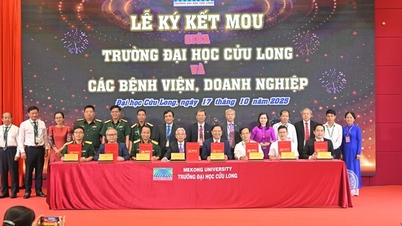

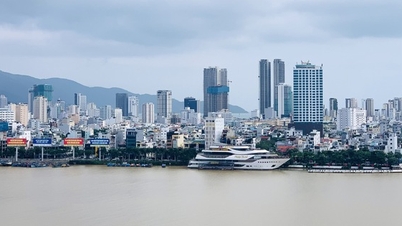

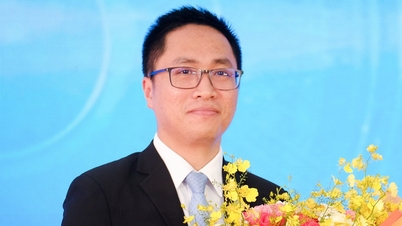





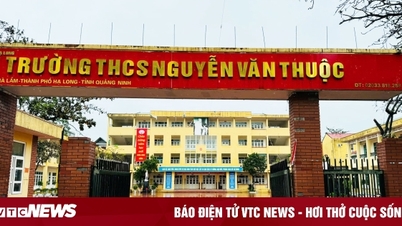


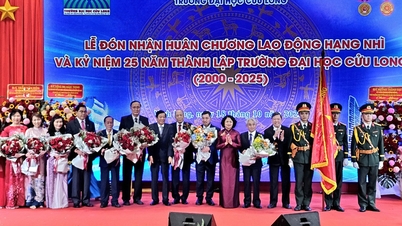
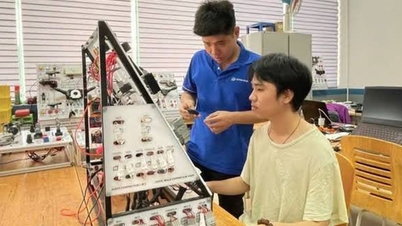
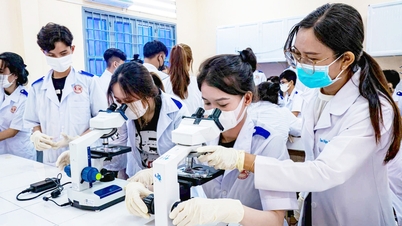






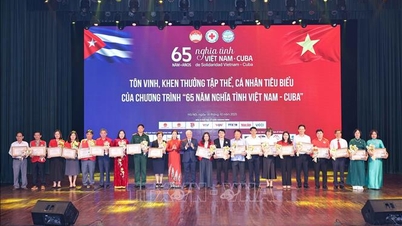




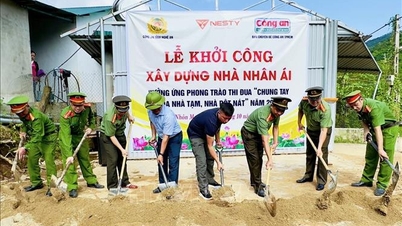
![[Photo] Nhan Dan Newspaper launches “Fatherland in the Heart: The Concert Film”](https://vphoto.vietnam.vn/thumb/1200x675/vietnam/resource/IMAGE/2025/10/16/1760622132545_thiet-ke-chua-co-ten-36-png.webp)
































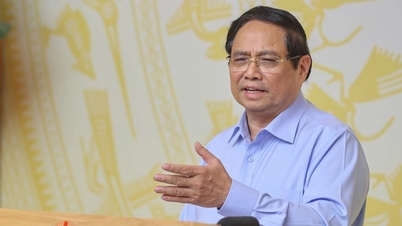
















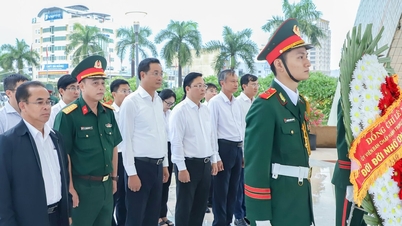

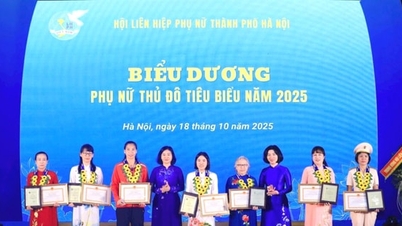
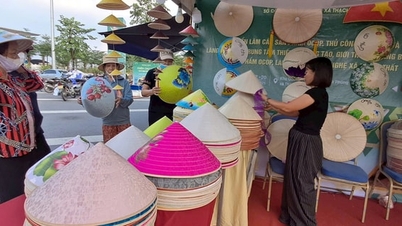













Comment (0)